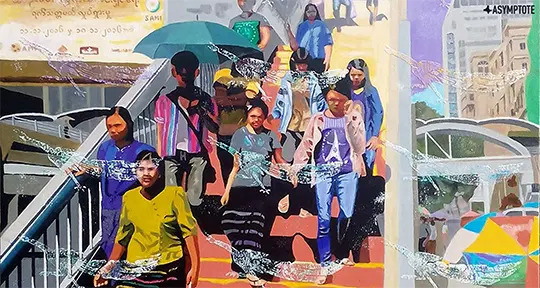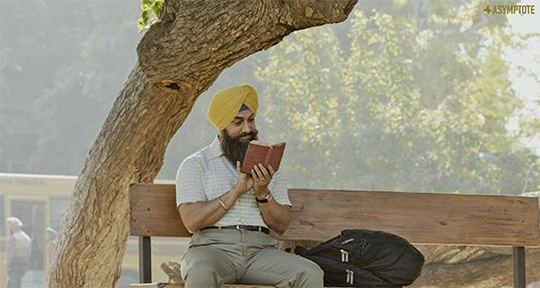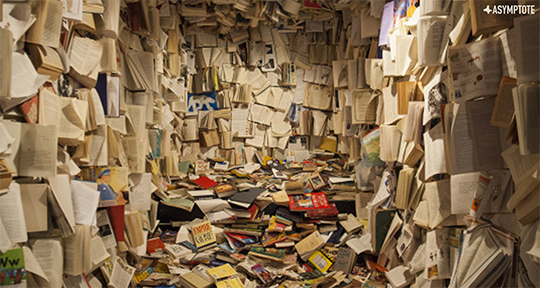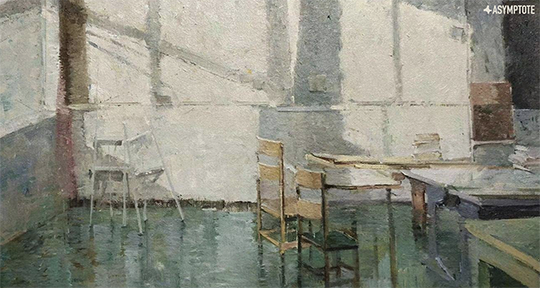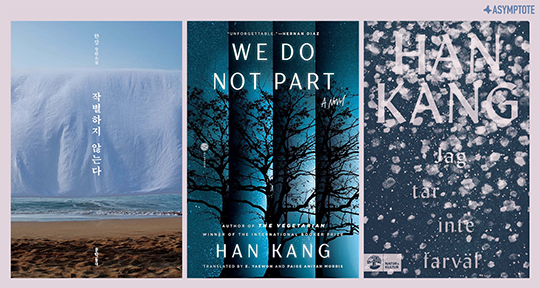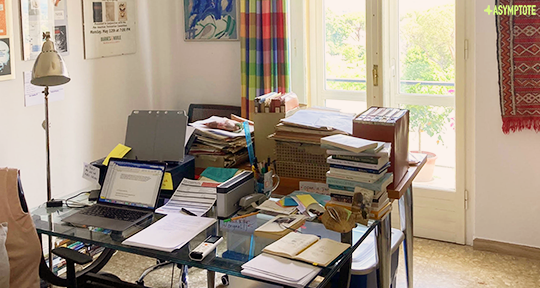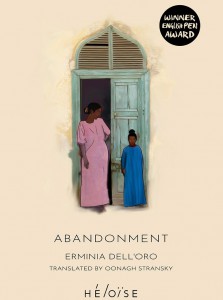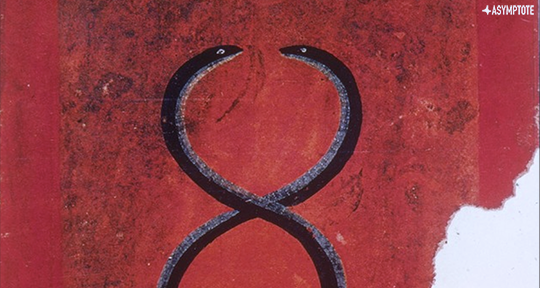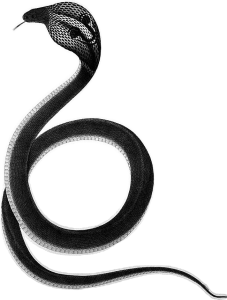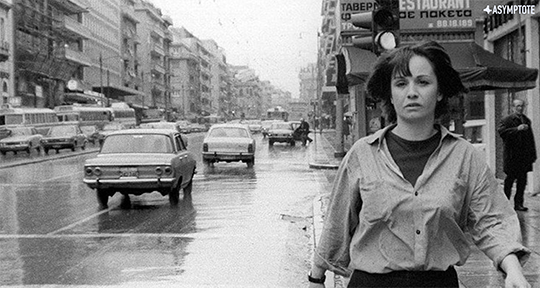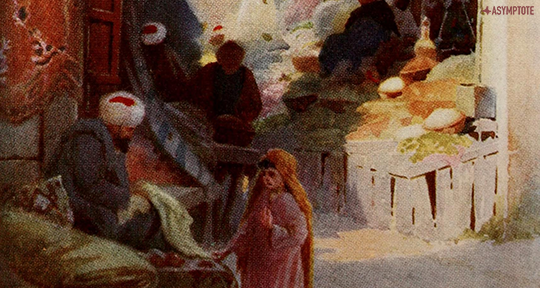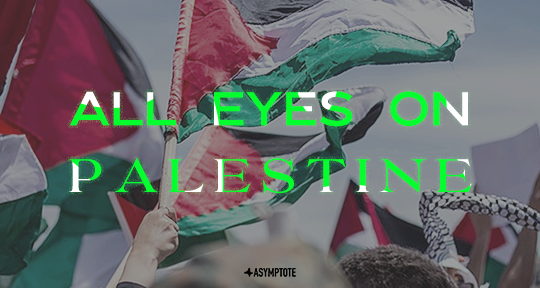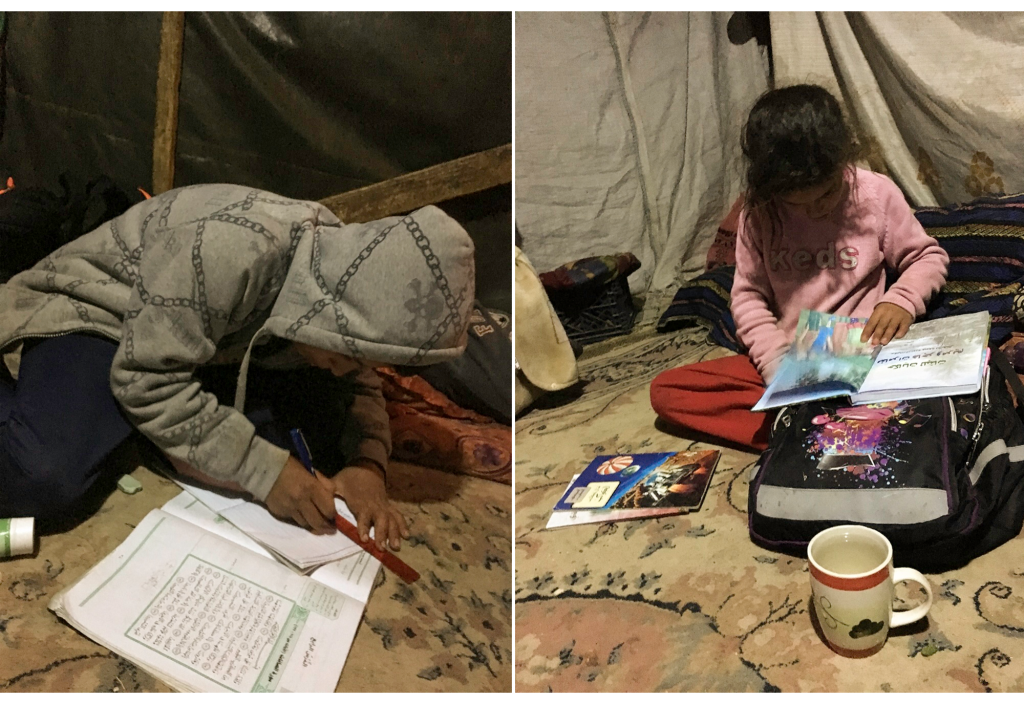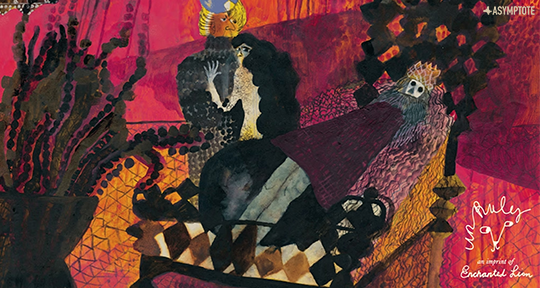Translation is a give and take—whether translating poetry or history, the questions of how and what are determined by the mode. In the following essay, Linnea Gradin discusses Linnea Axelsson’s Ædnan and its translation by Saskia Vogel, an epic poem detailing Sweden’s colonial history in the Sápmi region, the dislocation and cultural erasure of the Sámi, and the effects thereof upon culture and lineages. In an astute and personal analysis, Gradin calls for Sweden to reckon with its past.
In October 2024, the twenty-five finalists were announced for The National Book Award, an award spotlighting some of the most groundbreaking literature of the year and one of the biggest accolades in the English publishing scene. Amongst the five chosen finalists in the Translated Literature category was Linnea Axelsson’s Ædnan, an epic poem originally published in Swedish and Northern Sámi in 2018, now in Saskia Vogel’s translation.
Following two Sámi families over the course of the twentieth century and into the twenty-first, Ædnan explores the dislocation and cultural erasure of the Sámi, traditionally semi-nomadic reindeer keepers who live in Sápmi, a region that spans “from the forest snow to / the windswept shore” in the north of Norway, Sweden, Finland, and parts of Russia. At the outset of the novel, we meet Ber-Joná, Ristin, and their sons Aslat and Nila at Lake Gobmejávri, close to the point where Sweden, Finland, and Norway meet. They are moving their reindeer herd across a familiar landscape, guided by a knowledge passed down through the generations:
We heard
heartbeats in the groundFaint
beneath the inherited
migration paths


